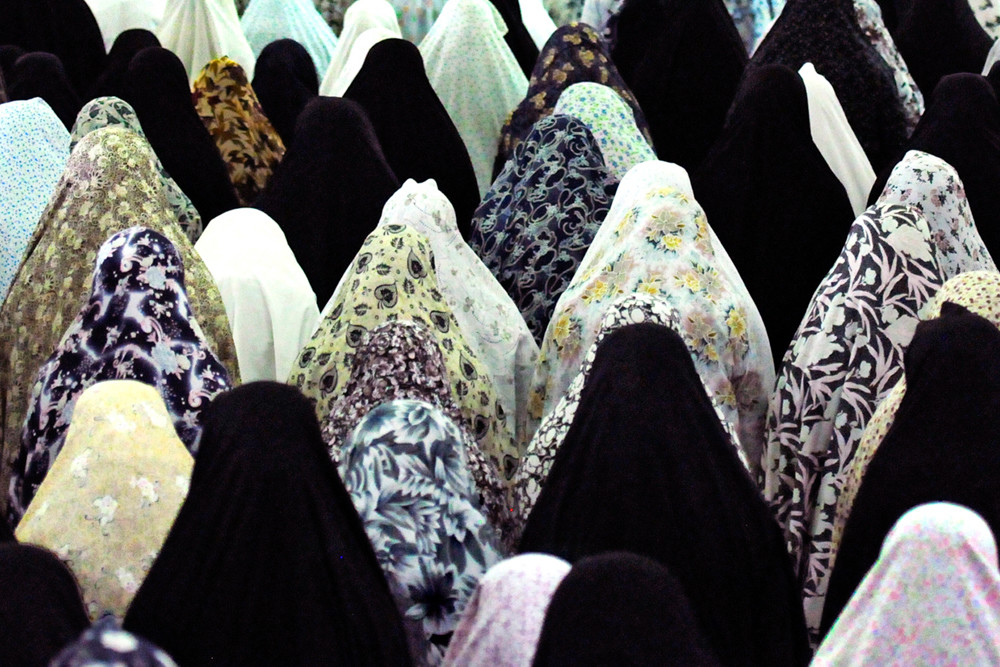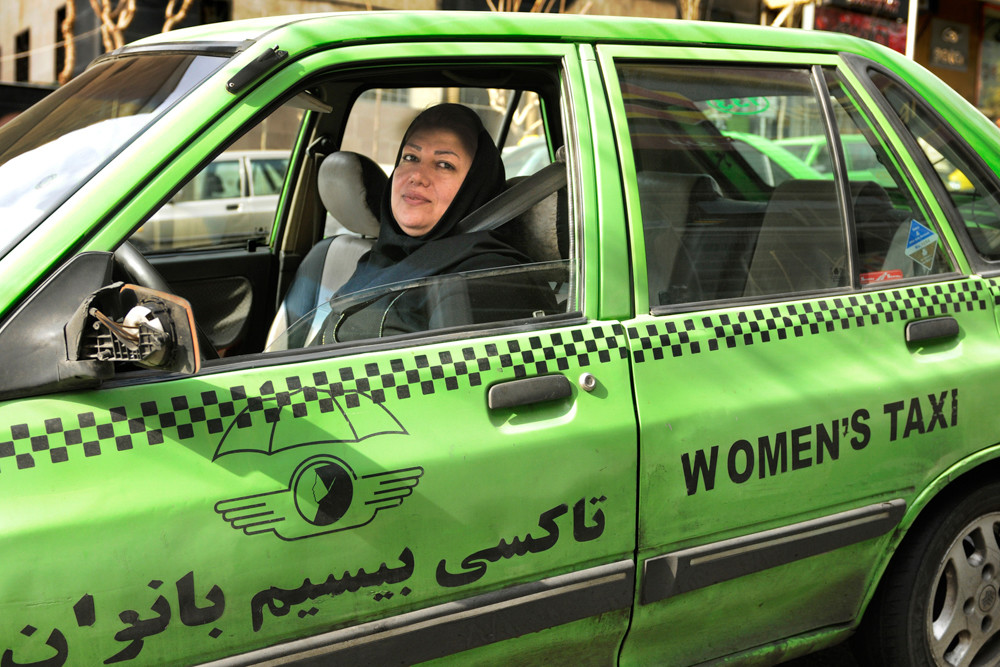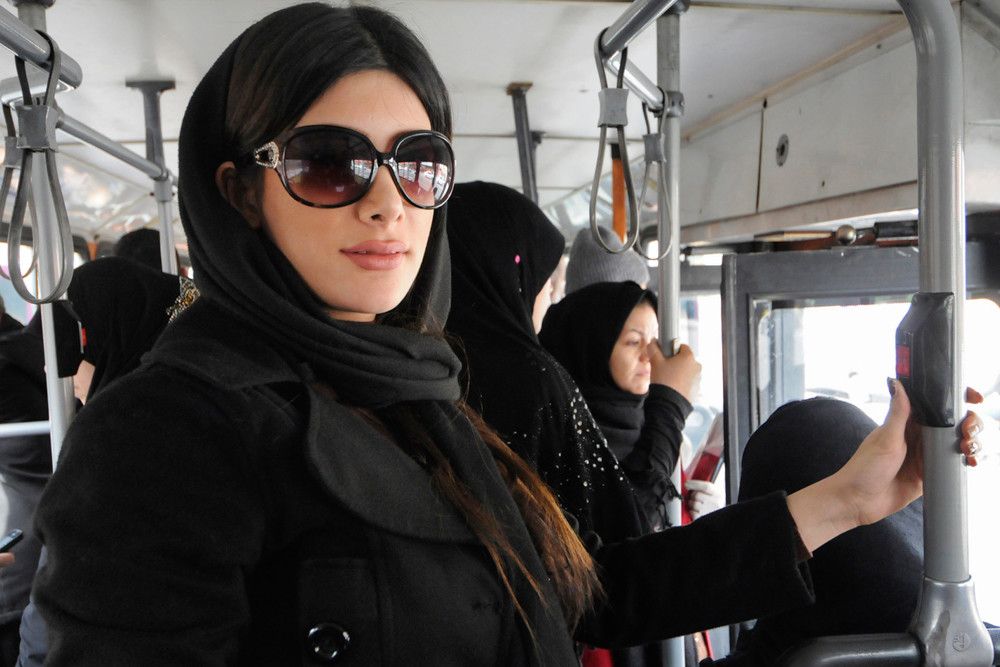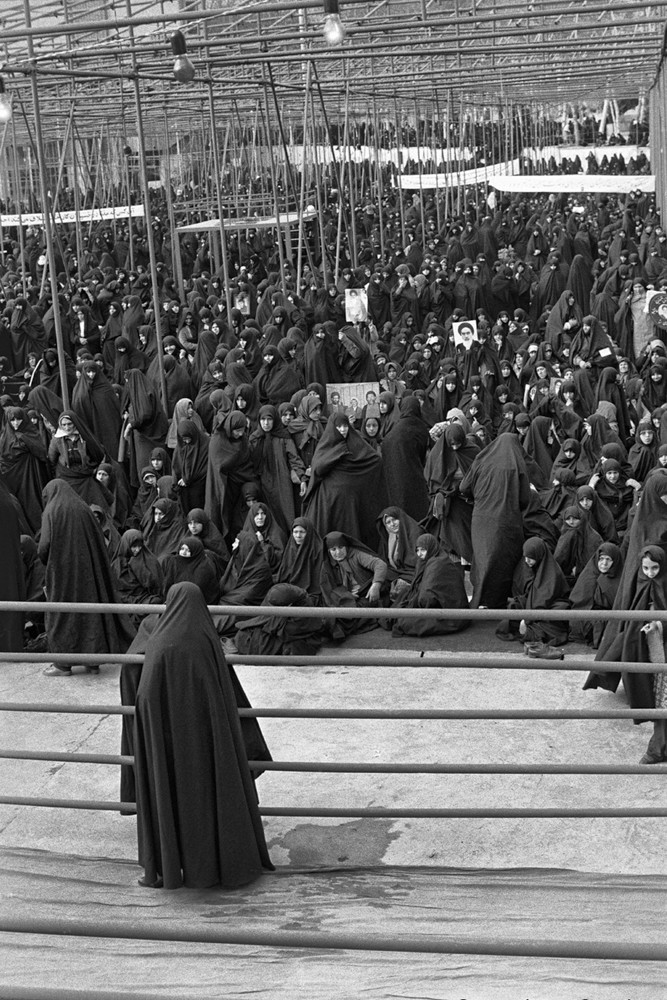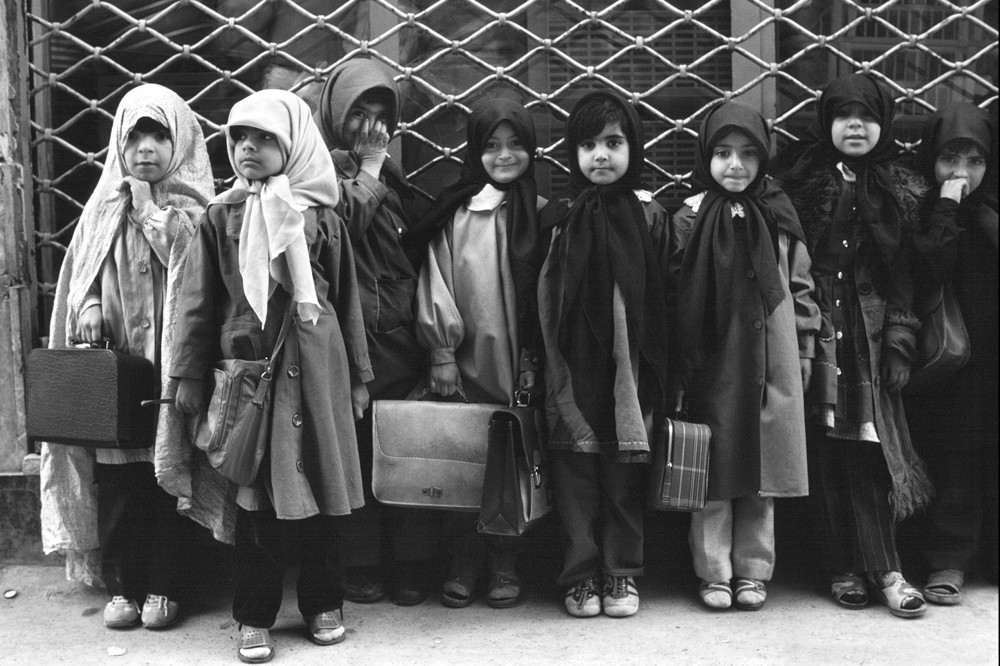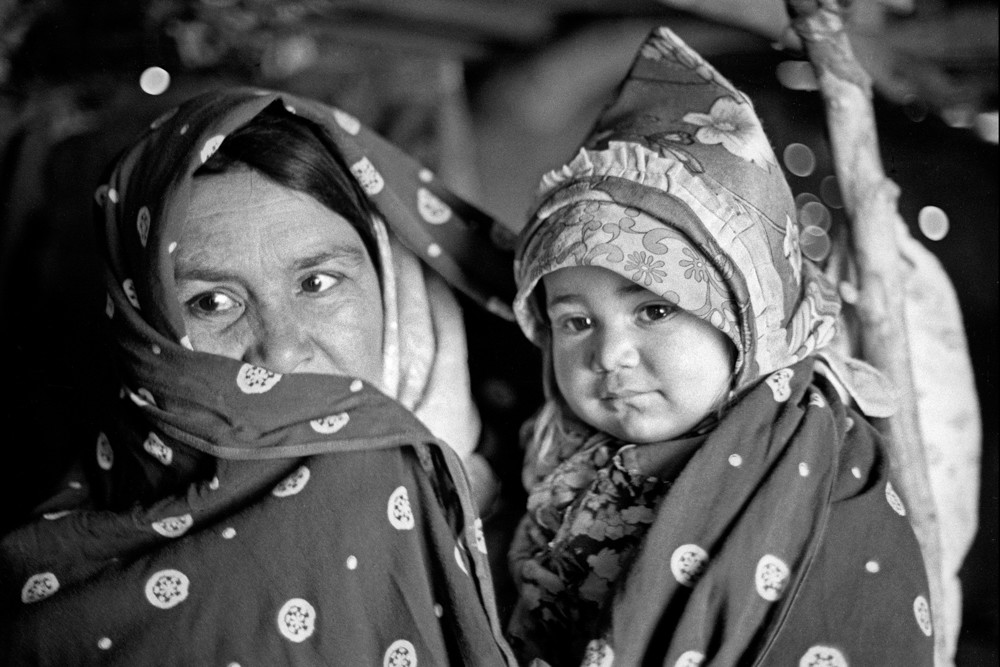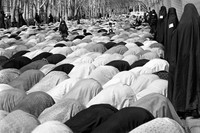Iranian Women
Randy Goodman’s lens captures three decades of change for the women of Iran
Randy Goodman was never afraid of an international adventure.
It was 1980, and Goodman — 24 and fresh out of her political sociology master’s program — was offered the chance to go to Iran with journalist William Worthy Jr., when Iranian college students were holding 52 American diplomats and citizens hostage at the American embassy in Tehran.
The point of the trip was to further understand what led to this conflict between the two countries, and Worthy wanted Goodman to photograph it. Goodman had done some photojournalism by that point, but was never formally taught photography.
“I just saw it as something that I enjoy doing,” she said. “When asked to go on this trip, it was sort of an on-the-job training.”
So for 10 days Goodman did just that, exploring life in Iran wherever she could. She did it all again in 1981 for CBS, and once again for Time two years later.
Yet, it would be a long time before Goodman had a chance to return, but she did just that in 2015 after the signing of the Iran nuclear agreement to see what had changed in the three decades since her last visit.
Through women’s eyes
Goodman’s Iranian excursions are highlighted in the exhibition “Iran: Women Only,” on display at the Bronx Museum of the Arts through Sept. 23. The exhibit focuses on what it was like to be an Iranian woman in the 1980s versus what it’s like now.
Thanks to her sociology background, Goodman was always curious about life in other countries. But having been born in the Bronx and raised in New Jersey, she hadn’t ventured outside of the United States until that 1980 trip.
“I just thought that learning about other people was just valuable, and in turn, it helped me understand our culture and our politics better,” Goodman said. “It was the opportunity of a lifetime.”
Looking back on that first assignment, Goodman recalls feeling “safe in numbers,” with older Americans who were there with her.
“Even when I got there, I wasn’t afraid,” she said. “It was like eyes wide open, just kind of inhaling and taking it all in.”
And as she took in her surroundings, she learned about the people who occupied them.
“When I got to Iran, something else happened, which was how kind and gracious the people were to us,” Goodman said. “Yes, we were Americans defying state department travel to come over and try to see how dialogue could resolve the conflict. But at the same time — despite that — the people that we met were really nice and really interested in having Iran and the United States return to better terms.”
Goodman also realized how she could relate to many of the people she met along the way.
“When you extract the politics — regardless of where you are — we find a lot of similarities amongst ourselves,” she said.
An international taste
Goodman continued to take that experience to heart on photo assignments in Cuba, Grenada and Nicaragua. In the 1990s, Goodman got married and had kids that posed as a new and fitting challenge, but she still had Iran on her mind.
“I always thought I’d go back to Iran,” she said. “At least I hoped I would.”
When the Iran nuclear agreement was signed three years ago, Goodman knew she had waited long enough and was eager to see what she would learn on this trip.
“I was so curious to know what that looked like,” she said. “And so curious to find some of the people I knew 30 some odd years before.”
Goodman spent 10 days in Iran, visiting old stomping grounds like Friday prayer services to get a firsthand look at those changes.
“It was fascinating at first because now I was working alone,” she said. “I had to navigate all of that again hoping that I’m doing it the right way.”
One of the first things Goodman did was hire a media service to help translate her conversations with locals, and was fascinated to discover she’d be working with a woman-owned service.
“That kind of struck me already that there were women working in different fields,” she said. “Years before, I had heard so many things that gave me the impression that women weren’t engaged in society in that way, and that just started unraveling as soon as I got there.”
Not all that different
Goodman realized she wanted to show the everyday Iranian woman wasn’t far off from their counterparts in the United States. She noted how “they’re out on the streets, they’re shopping alone, they’re driving cars, they’re on the subways, they’re artists, they’re doctors, they’re lawyers.”
And while some Iranian women wear a chador — a cloak worn as an outer garment — others don’t.
With this exhibition Goodman wants to eliminate stereotypes, “to make people say, ‘We’re not that different, at least on the surface of things.’” And that when it comes to political and social matters, it’s up for them “to do and decide and to push for” things “in whatever ways may be best for them.”
Before “Iran: Women Only” came to the Bronx Museum of the Arts, it was on display at places like Harvard and MIT. Goodman will never forget when she spoke to a girl at Harvard who was taking pictures of one photograph of giggling Iranian girls to send to her mother.
“My mom is Iranian and I want to show her that in this country, there are images of women smiling and involved in society,” she told Goodman. “I think my mom will be very surprised that women are smiling, and they’re being shown in this country.”
At first, Goodman was taken aback, but soon realized how important it is to get an accurate message across.
“That was so shocking to me that we have so many negative images of women in Iran that that’s the only image we have in our brains of it,” she said.
“I hope that people open their minds to different interpretations for what it means to be someone wearing certain clothing, more open to people and other cultures, and to think about that always in the context of culture, history and politics, because it really influences very much of who we are.”
By having this exhibit on display at the Bronx museum, Goodman says it gives a more diverse audience a chance to absorb her experiences. She hopes that will change their mind of any preconceived notions they have about Iran.
“We need to understand each other better, and I hope the pictures helped in that way,” Goodman said. “Take a good look and see what these women are doing.”

